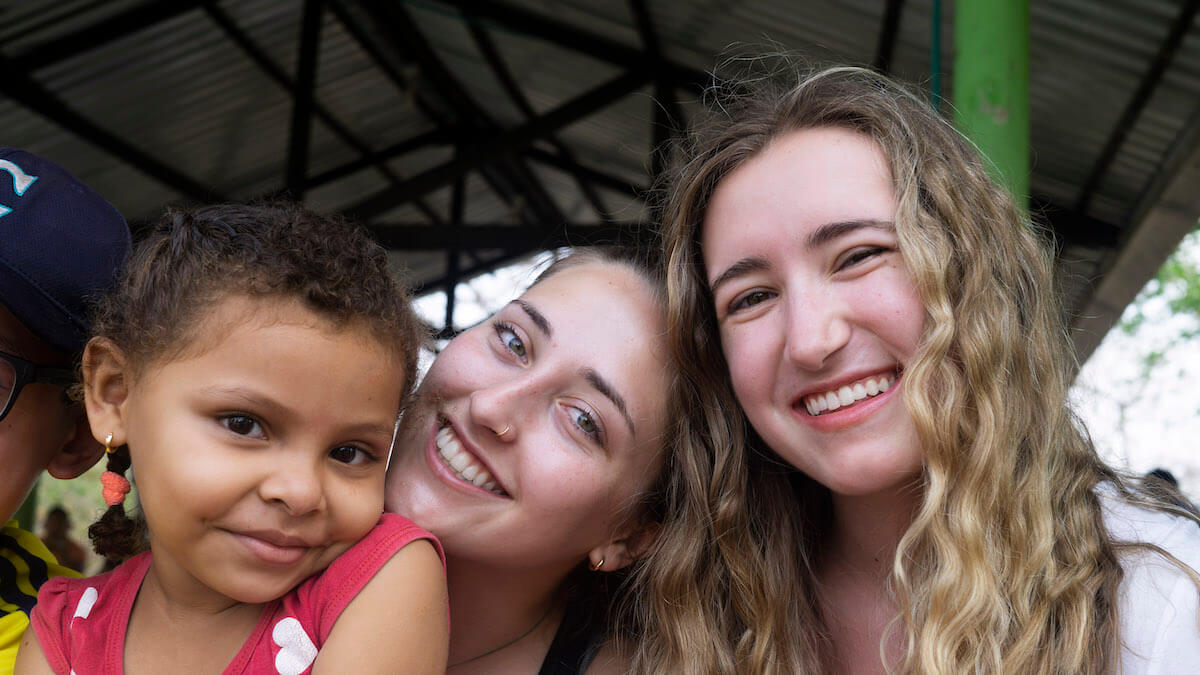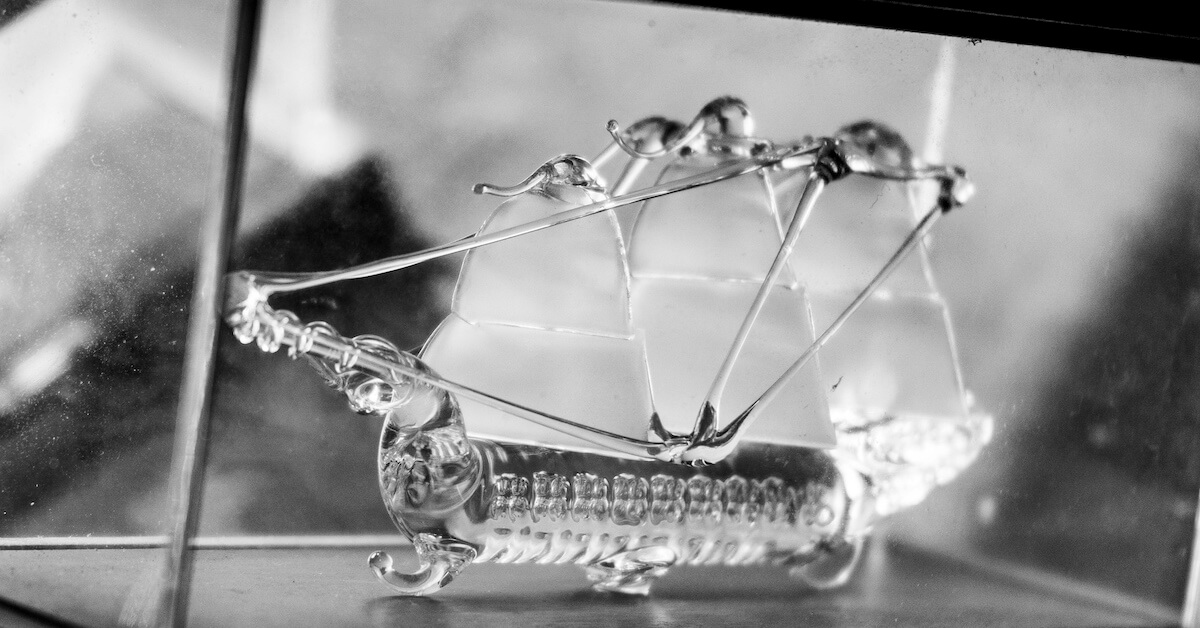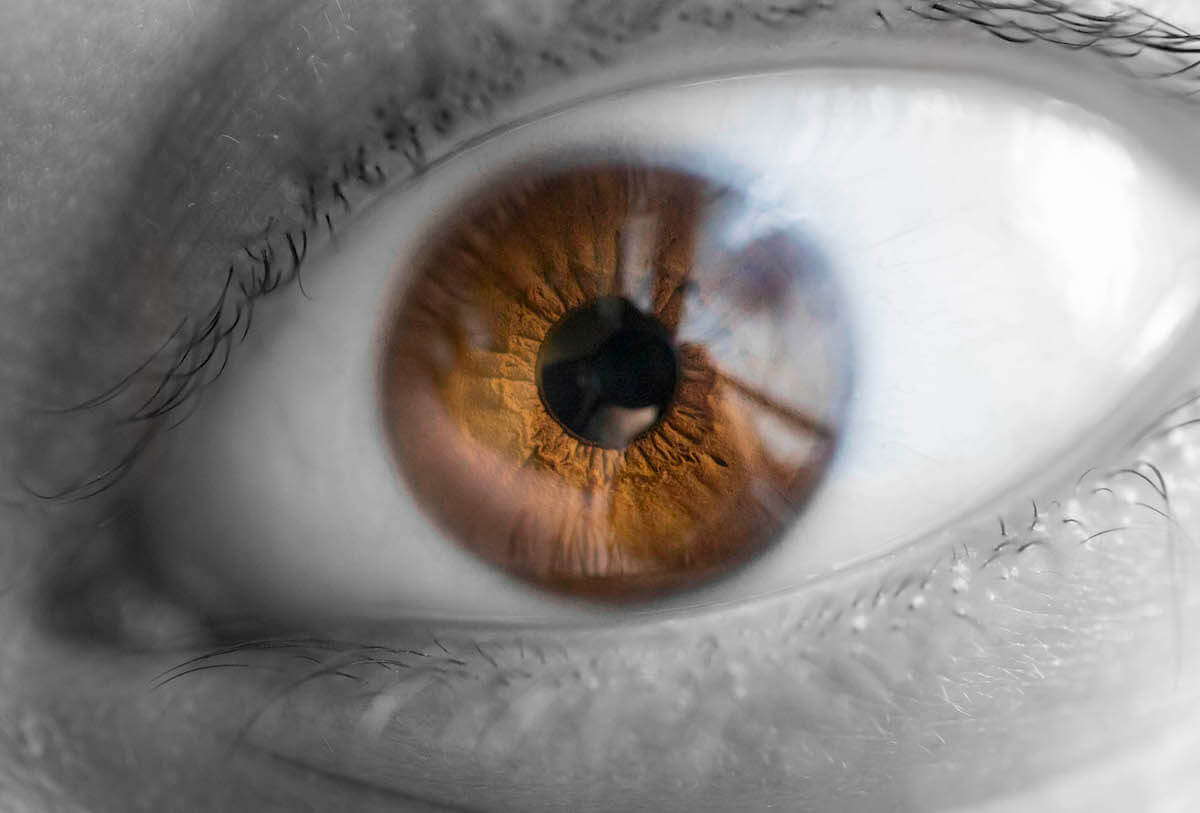Ghost Pacer.
Ghost Pacer is an augmented reality startup based out of Seattle. It was founded by a high school friend of mine and I've worked there since the summer before my senior year. Ghost Pacer builds super-lightweight augmented reality headsets for runners. These headsets feature fully custom, in-house hardware, firmware, and software. During the past 2 years, I led design and graphics development at Ghost Pacer. Here's some of what I built there.
The Graphics Engine
I built the embedded graphics engine that rendered the glasses' augmented reality visuals.
Learn MoreWhat I Built
The Ghost pacer glasses use an OLED microprojector to reflect an image off of a partially transparent mirror in front of the user's eye. My job was to write the code that transformed abstract representations of what the user should see into actual images on that microprojector. Specifically, this entailed transforming both 3D and 2D assets into Open GL ES 2.0 vertex buffers that could then be loaded into the GPUs draw buffer and rendered to the screen.

The Ghost Pacer logo projected in the glasses' screen
Hardware Constraints
The glasses were extremely lightweight. In fact, one of the things that makes them remarkable is how small the overall package is. We achieved this form factor by building totally custom hardware from the ground up. However, this also comes with drawbacks. In particular, the glasses are forced to use an underpowered GPU to display the augmented reality scene. As a result, the graphics code had to be very low level and extremely optimized to run on our chipset. I had to take care to not waste any memory or compute power, so all the code I wrote was in C and C++. Since we were so constrained by performance, and since the chipset was so exotic and unsupported by prebuilt solutions, I had to write almost everything from scratch. This included the code for rendering 2D shapes, loading textures from image files, shading 3D models in the GPU, and an entire subsystem based around these extremely low-level processes.

The Ghost Pacer glasses side view (v1.5)
Results
My graphics engine powered two versions of the Ghost Pacer glasses (including the most recent one). It allowed us to display complex User interfaces with backgrounds, shapes, buttons, icons, multiple 3D models, and a host of other capabilities that would've been impossible without it. It helped us secure development contracts and it helped us impress potential customers in demos. I wish I could say more, and maybe someday in the future I'll be able to...
The Mobile App
I built significant parts of the glasses' companion mobile application.
Learn MoreWhat I Built
Alongside my partner Izak Lewis, I helped develop the mobile companion application for the Ghost Pacer glasses. The main purpose of the app was to load running routes into the glasses and track usage statistics. I constructed the UI/UX for the app from scratch by myself. I also helped create the backend logic for the app, including data storage, API interfaces, and Bluetooth low energy connectivity.
Kickstarter + Web
I designed and created the (successful) Kickstarter campaign for the glasses, and built the company's websites.
Learn MoreMarketing & Design
After demonstrating my design abilities in the mobile app, I was asked to lead the marketing design of the company going into our Kickstarter campaign in the summer of 2020. This involved personally drawing every graphic used in social media marketing and in the campaign itself, as well as redesigning our website for the launch. The website I built can still be viewed (although it's been downscaled significantly since then) here, if you want to take a look.

















